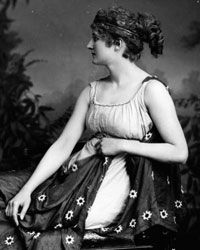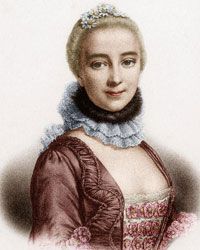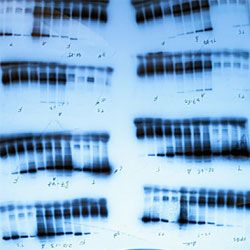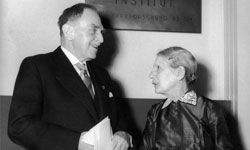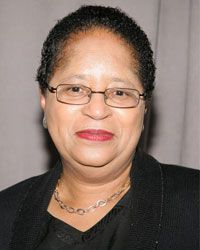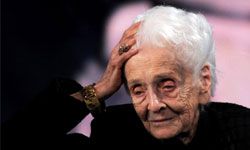The U.S. Commerce Department launched an investigation in 2011 into a career pattern among women that didn't quite add up. Despite women making up 48 percent of the U.S. workforce as of 2009, they claimed only 24 percent of jobs in STEM -- science, technology, engineering and math -- fields [source: Beede et al.]. Moreover, that 24 percent figure didn't budge from 2000 to 2009, meaning that STEM industries, although they typically pay more than non-STEM sectors, hadn't attracted any more women into the fold.
How to increase the number of women pursuing STEM careers is a qualitative and quantitative problem that has puzzled experts and academics for years now. Although 50 percent of science and engineering graduate students are women, implying intellectual interest in science and math among young women, they tend to drop out of STEM after turning their tassels [source: National Science Foundation]. For that reason, some prominent female scientists and mathematicians today have argued for greater visibility of established STEM women to serve as role models for future female generations [source: Francl]. After all, one of the earliest big names in mathematics was a woman.
Advertisement
Born around A.D. 350 in Alexandria, Egypt, Hypatia was the daughter of Alexandrian Museum president Theon of Alexandria [source: Deakin]. Hypatia followed in her father's intellectual footsteps, excelling in mathematics and astronomy. In her adulthood, she became a prominent mathematics, astronomy and philosophy instructor and possibly contributed to Ptolemy's "Almagest" text that outlined his Earth-centered model of the universe [source: Zielinski].
All the five female scientists you'll meet have left behind significant legacies like Hypatia. From a centenarian brain expert to a mistress of Voltaire, each has an incredible story, driven by insatiable curiosity about science, math and the invisible elements that bind everything together.
